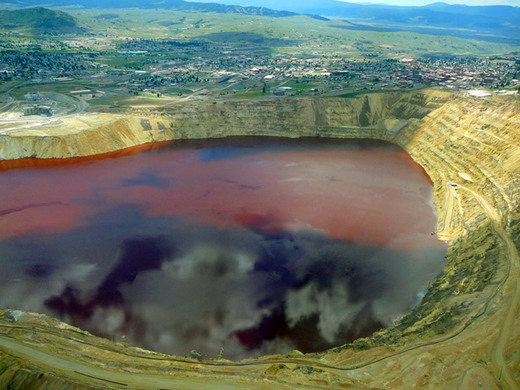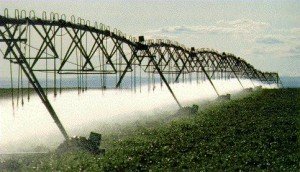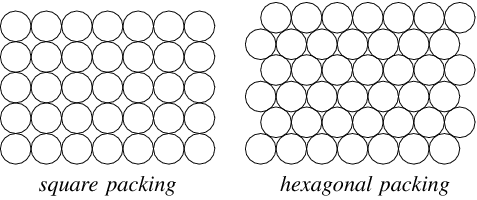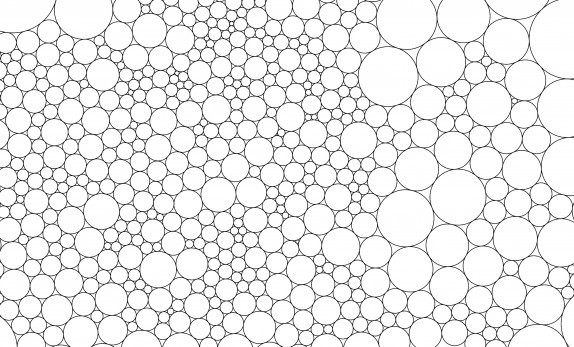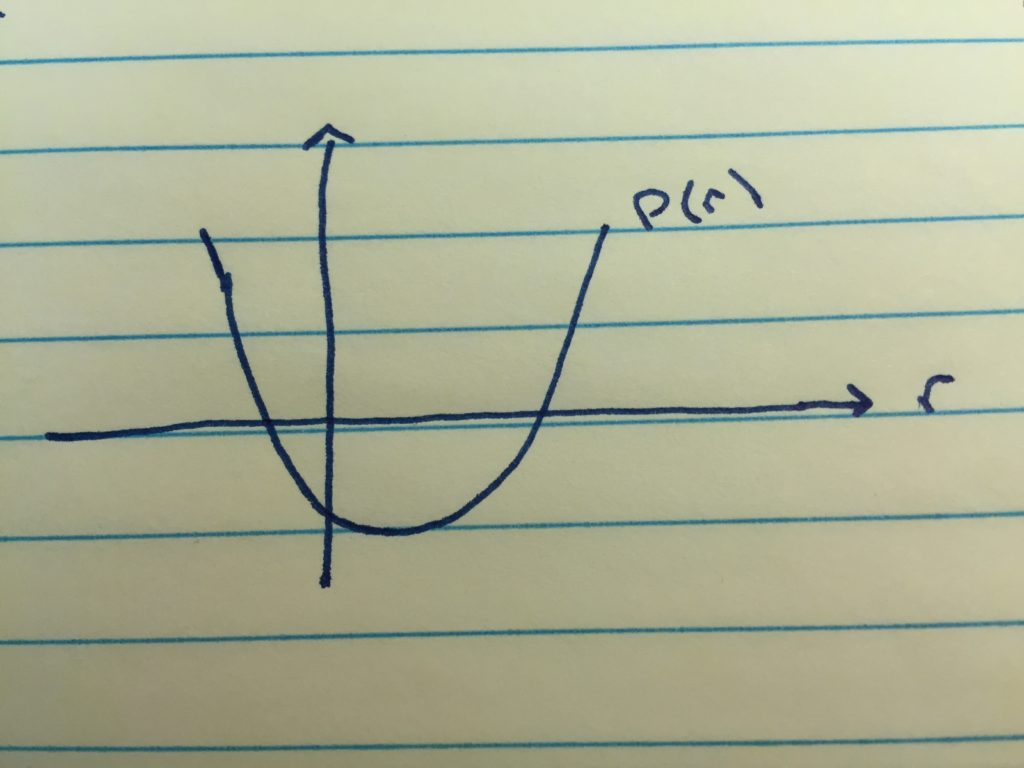Today was the last day of this year’s NSTA STEM Forum and bright and early tomorrow morning I’ll be headed back to Delaware. I want to thank NSTA for a great conference and I want to especially thank all of those who joined me for one of our two NCTM workshops on mathematical modeling. I really enjoyed working with all of you and hope to have that chance again in the near future. I’ll repeat the offer I made at the end of each workshop this week – please feel free to tweet or email anytime with your questions, thoughts, or comments about mathematical modeling! I love thinking about this stuff and love hearing from math and science teachers working to implement mathematical modeling in their classrooms.
At this week’s STEM Forum there were a massive number of fascinating sessions offered. So much so that it felt like for each session I attended, there were a half dozen that I had to miss that I really wish I could have attended! So, today, for those of you who couldn’t join us for our NCTM workshops, I’ll give a brief recap and provide the slides and a few other related materials. Along the way, I want to share and explore some of the excellent thoughts and ideas offered by participants during and after these workshops. I apologize in advance for not having the foresight to write down names! If you recognize yourself below, please drop me a line and I’ll correct this oversight. One more stylistic note before we begin – our two workshops (middle and high school) were essentially the same, with the math explored in the high school session being slightly deeper than in the middle school session. So, below, I’ll just say things like “in our workshop” or “Our workshop began” for simplicity.
For easy reference, here’s a PDF of slides from our workshop: NSTA_STEM_2016_Pelesko_HighSchool
We began the workshop by sharing a short story that appears at the start of the physicist Eugene Wigner’s famous talk “The Unreasonable Effectiveness of Mathematics in the Natural Sciences.” I won’t reproduce the story here, but if you follow the link, we shared the first paragraph of Wigner’s talk. We then spoke briefly about this idea, the idea that there is this incredible power, a power that verges on the mysterious or miraculous, afforded to us once we understand how to use mathematics to understand the natural world. We talked about this as the basis for answering the question “How do we put the M in STEM?” and we asked participants to share their experiences and their challenges with incorporating mathematics into STEM activities.
Participants shared some very real and very pressing concerns that we need to overcome if we’re to be successful in putting the M in STEM and if we’re to be successful in implementing STEM overall. These included overcoming the discomfort that many math teachers feel with science and many science teachers feel with math. One participant noted that to overcome this, we need to find time and space for science and math teachers to collaborate and to work together. Absolutely! Another participant noted that if you looked at the NGSS and the CCSSM, they are almost forcing this to happen. These are excellent points and I want to emphasize them here – if we are going to effectively teach students the art of mathematical modeling, it is crucial that we learn to work across math and science. Yes, one can do mathematical modeling using contexts that require little understanding of science, but the full power of mathematical modeling is only really unleashed when we’re involved in a deep scientific investigation of phenomena in the natural world.
Next, we spent some time talking about the overlap in the practice standards between NGSS and CCSSM. In particular, we talked about SMP #4 – Model with mathematics, from CCSSM and Practice Standard #2 – Developing and using models, from NGSS. We spent some time exploring how the NGSS standard encompasses the CCSSM standard, with mathematical models being one type of model talked about in NGSS. The key idea we explored was this relationship, the idea that mathematical models are really scientific models encoded in the language of mathematics.
Then, we spent some time looking at a STEM activity and where mathematical modeling fit into the picture. The activity we discussed was the Great Lakes problem that I’ve talked about here. Participants spent some time working to construct a mathematical model of the Great Lakes system and at the end, shared their results and their thinking.
I want to mention two things shared by participants that I thought were really cool. One participant from Montana, told me about the Berkeley Pit Mine in Montana:
Apparently, this is an abandoned copper mine, huge in scale, that is slowly filling with water. The problem is that the water is incredibly contaminated and that eventually the water level will rise to the level of the local water table. When that happens, backflow will occur, contaminating local and regional water supplies. This is clearly a source of many wonderful STEM and mathematical problems. I’ll think about this one some more and I’m sure will post more about this one. Thanks for sharing!
Another problem shared by a participant, was one she does in her class. In this project, she has students read the book “The Immortal Life of Henrietta Lacks” and then explore changing concentrations of drugs in the body. As her experimental system, she has students start with a beaker filled with water and a certain amount of dissolved salt. They measure the mass of the system, then remove a small quantity of the “drug filled water” and replace it with an equal amount of clean water. Then, they measure the mass again and repeat. Tracking the mass measured each time, they uncover the curve that describes the changing concentration of the “drug” in the system. Mathematically, this is identical to the Great Lakes problem we explored in this session and a great example of the generalizability of mathematics. That is, we often discover that mathematical models we’ve built of one system are able to describe what we see happening in lots of systems. This happens when the underlying processes are the same, as they are here. Again, thanks for sharing!
Thanks again to everyone who participated this week! Please feel free to email or tweet anytime! Looking forward to more great conversations about the art of mathematical modeling.
John
